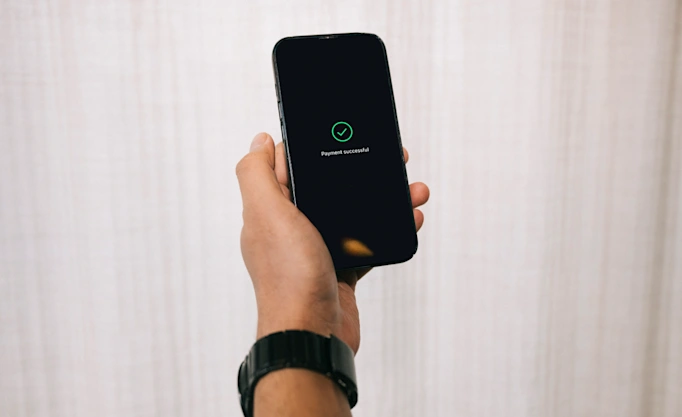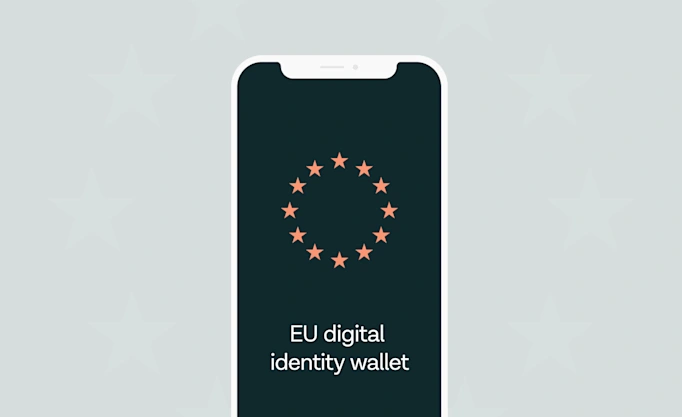The 3 factors that increase user retention in financial apps

We recently wrote about the high abandonment rates that banks are battling during the onboarding process – and how to kill the friction so that more users complete the process. But improving onboarding doesn’t necessarily mean your user retention will be high. We’re sharing the top three factors that will help you attract users – and keep them coming back.
The common assumption is that better onboarding will mean higher user retention. But it’s a false assumption – this only lasts for a couple of days. The reality is that improving onboarding just means you have more users. The real way to improve user retention is to differentiate your app by providing more value and a better service.

Left axis: percentage that use the app after signing up.
Bottom: days since installing the app.
There are other elements of a great financial app – having lots of features, great security and privacy – but they’re not the reasons your users will return.
These are our three most important ways to increase user retention.
1. Offer convenience
The biggest reason why people download financial apps is to make their lives easier. The apps that keep users coming back remove the friction caused by analogue activities – like having to make a phone call or visit a bank branch. Users get insights that foster more understanding about their finances – and allow them to take action to manage it in a better way. Whether it’s checking an account balance, setting budgets, paying bills or requesting payments, these apps help users save time and gain control.
2. Make it simple and intuitive
User-centric design is one of the most under appreciated aspects of a financial app. It’s much more than a business luxury. McKinsey found that design-focused businesses have 32% higher revenue growth than their industry counterparts. Users return to apps that are easy to navigate and present them with an intuitive interface; the most important features are easy to recognise, and their functionality is easy to understand in seconds. One way to ensure this kind of simplicity is to take a page from banks like BNP Paribas Fortis, who just deployed our aggregation tech so their users can see all of their financial accounts in one app – rather than multiple ones.
3. Be relevant and personal
Financial apps have a head start when it comes to relevance – they’re about personal finances, so by definition they’re relevant to most users. This is why mobile banking retention rates are extremely high – higher than almost any other type of app. But going one step beyond and making it personal is how you keep customers. Notifications around changes in the account balance or open invoices, as well as dynamic experiences based on user preferences – for example, using machine-learning algorithms that observe and understand behaviours – ensure your customers re-engage with your app over and over.
More in Open banking

2025-06-09
11 min read
The case for “Pay by Bank” as a global term
Thomas Gmelch argues that "Pay by Bank" should be adopted as a standard term for open banking-powered account-to-account payments to reduce confusion, build trust, and boost adoption across the industry.
Read more

2025-06-02
3 min read
Tink joins Visa A2A – what it means for Pay by Bank and VRP
Visa A2A brings an enhanced framework to Pay by Bank and variable recurring payments (VRP) in the UK, and Tink is excited to be one of the first members of this new solution.
Read more

2024-11-19
12 min read
From authentication to authorisation: Navigating the changes with eIDAS 2.0
Discover how the eIDAS 2.0 regulation is set to transform digital identity and payment processes across the EU, promising seamless authentication, enhanced security, and a future where forgotten passwords and cumbersome paperwork are a thing of the past.
Read more
Get started with Tink
Contact our team to learn more about what we can help you build – or create an account to get started right away.

